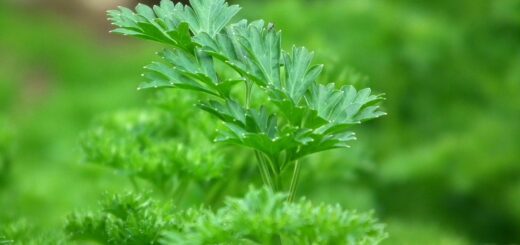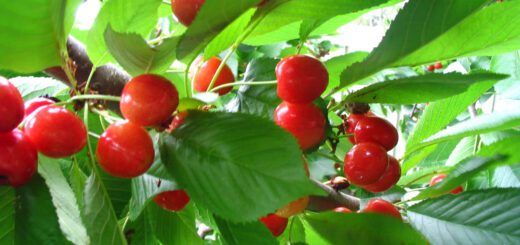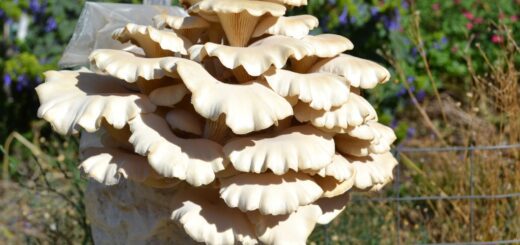Murnong
What on earth is a Murnong? And why is it a “hero”? With its flower shaped like a dandelion and known colloquially as the Yam Daisy, don’t be fooled by its humble appearance – as its English name suggests, beneath its innocuous, grass-like leaves lies a delicious, sweet yam.
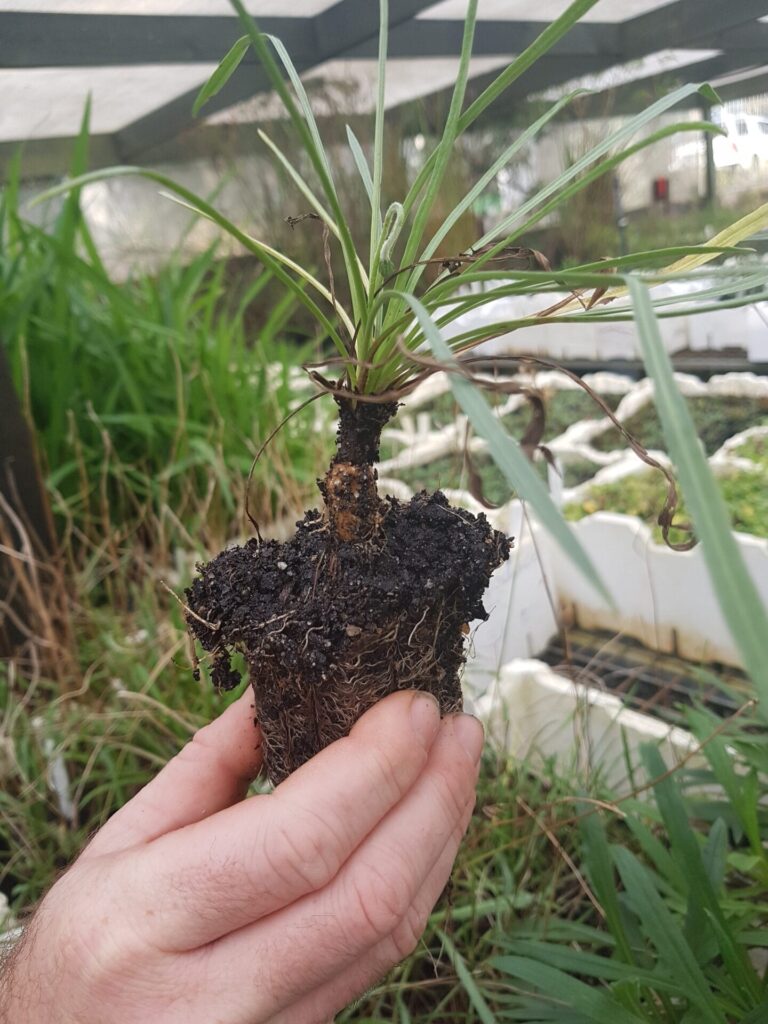
Historically growing by the plenty in the wild, the Murnong is a native Victorian plant that was once used and cultivated as a key food by local Aboriginal communities in the Melbourne area and surrounds before European colonisation. Sadly, when introduced animals like rabbits and sheep overgrazed on it and cattle trampled and compacted the land they naturally grow on, the Yam Daisy became a rare plant as early as 1835.
There are a few species of Murnong that produce edible yams in Victoria, including Microseris lanceolate, which is the Yam Daisy variety. Two other species, Microseris walterii and Microseris scapegeria are also thought to have been eaten by Aboriginal groups in Victoria before settlement.
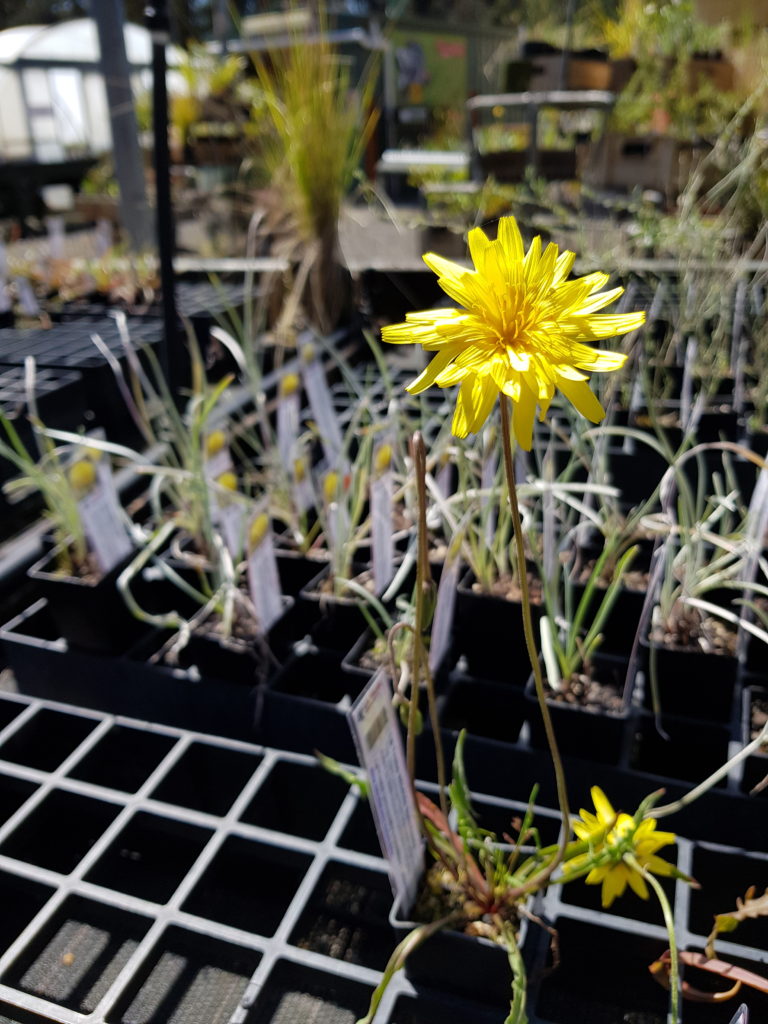 Photo credit: La Trobe Wildlife Centre
Photo credit: La Trobe Wildlife Centre
With the loss of Indigenous knowledge about this and numerous other edible native plants in Australia, much of the information that has survived is fragmented and incomplete. What we do know, though, is that these Microseris species can be eaten raw or cooked – and roasting is a great way to bring out the natural flavours. Scott Tunbridge from the La Trobe Wildlife Sanctuary tells us that when it’s cooked on a fire with oil, it tastes quite a bit like potato! At this stage, there hasn’t been much research done on the nutrition of Murnong, but being a former staple food you can expect them to be highly nutritious.
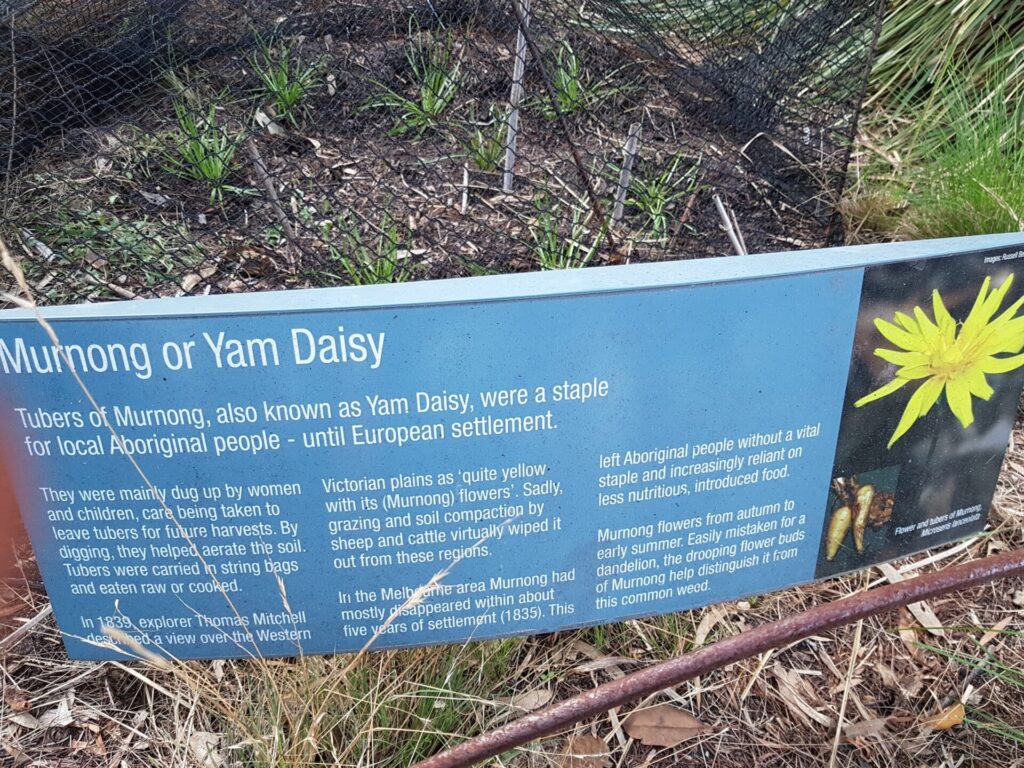
As word starts to spread about this awesome edible plant that used to grow on the land we now live on, Murnong is beginning to enjoy something of a resurgence – there’s an active Facebook group dedicated to growing it around the Merri Creek and even the Royal Botanical Gardens Victoria is growing it.
If you’re thinking about getting some Murnong to grow and eat, the La Trobe Wildlife Sanctuary nursery is a great place to start for the plants themselves as well as advice on how to grow and harvest them.
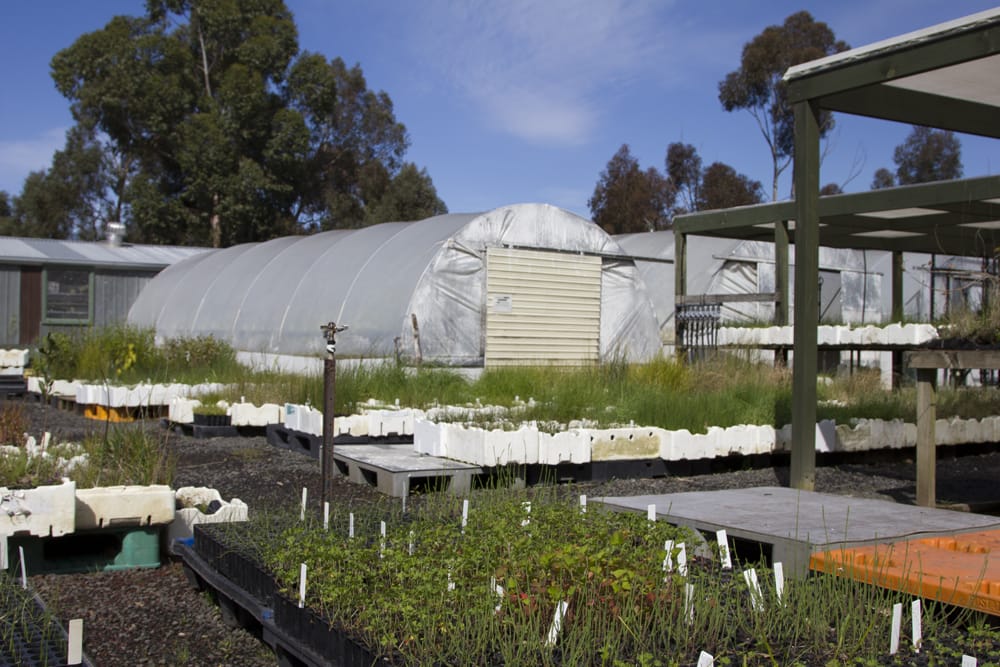
Most of the volunteering activities take place in the La Trobe Wildlife Sanctuary nursery area. There is a team who fill the plants’ tubes very fast. This group is know as “Gun Team”. The crew are Ray, Bill, Catherine, and Corey.
The La Trobe Wildlife Sanctuary was created in 1967 as a project in the restoration and management of indigenous flora and fauna. We have continued to grow and expand our role so that we can continue to educate and engage the broader community.
La Trobe Wildlife Sanctuary & Retail Shop
Opening Hours: Sunday to Friday 10am – 3pm
T: (03) 9479 1206
E: wildlife@latrobe.edu.au

